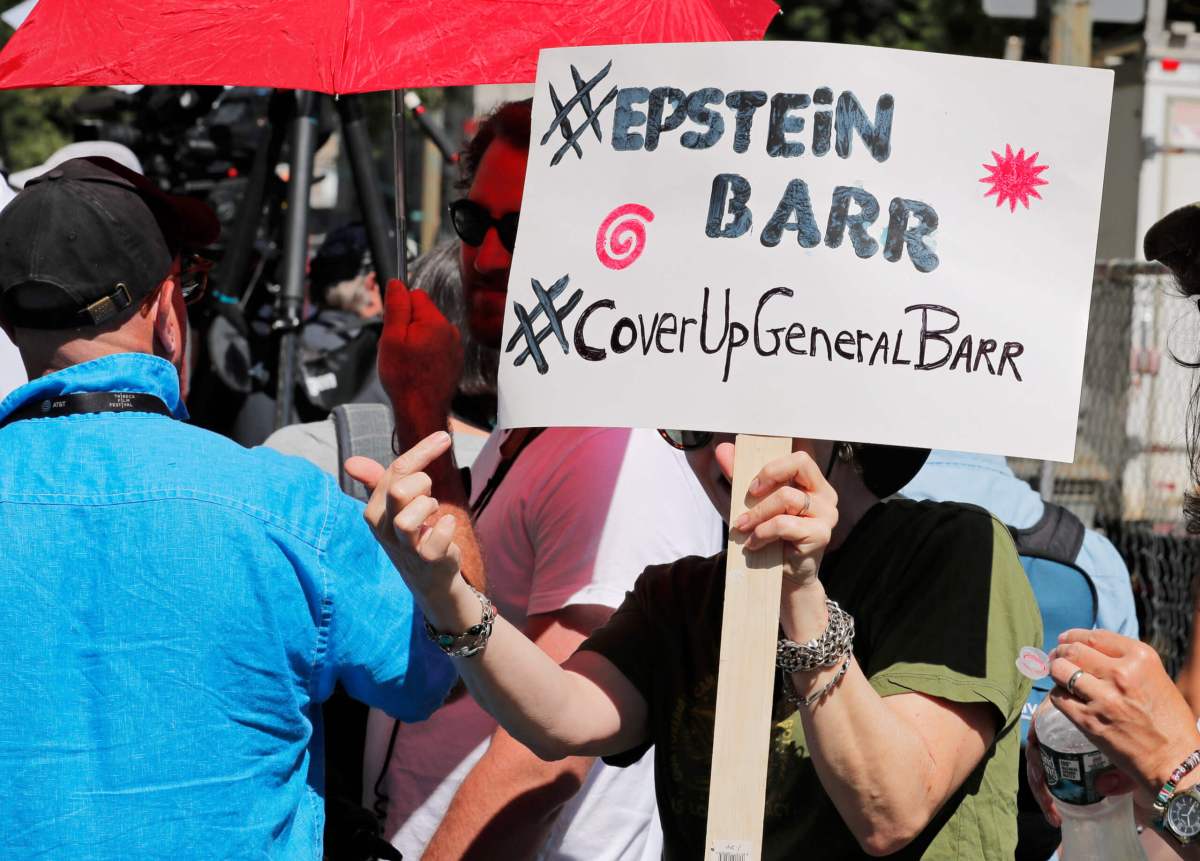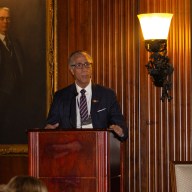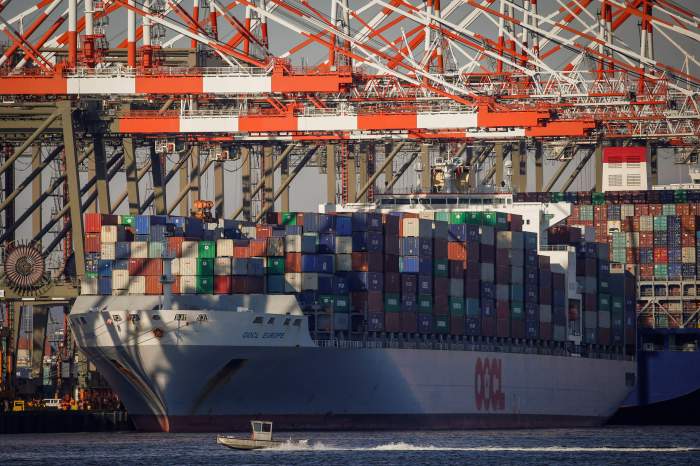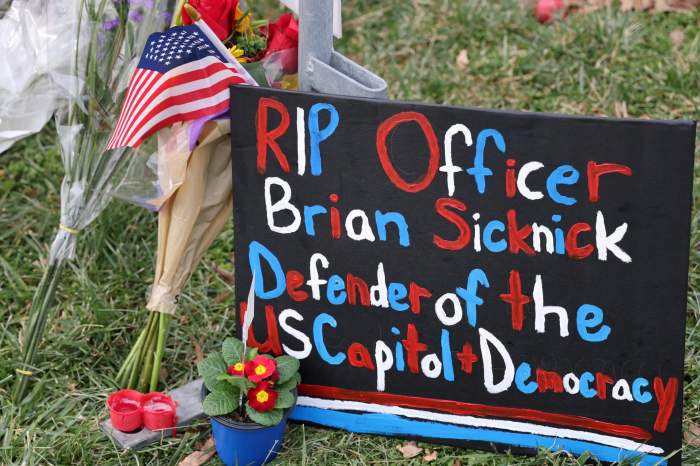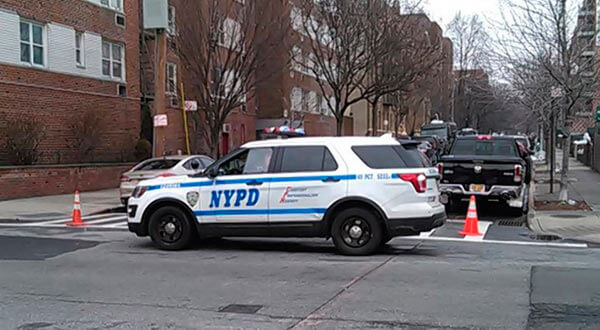When the average person thinks of human trafficking, they often picture scenes from the long-running TV series “Law and Order SVU.” However, in real life, such elaborate and widespread crimes aren’t solved in 60 minutes.
In total, 40.3 million people are victims of human trafficking worldwide and 25% of trafficking victims are under the age of 18. January also marks national Human Trafficking Prevention Month.
According to Pamela Damon, executive director for Not On My Watch, Inc., (NOMW) a Bronx-based human trafficking survivor-led organization, there is often a misconception that women who are trafficked are the same as prostitutes. While sex workers make their own decisions, people that are trafficked are brainwashed, controlled and often are between the ages of just 12 and 15.
The organization was launched in 2013 to strengthen collaborations and build strategic partnerships in an effort to identify the needs of at-risk and trafficked victims and provide them with the resources, awareness and training.
“The reason that our youth are easy prey is because they lack the self-esteem to realize they are better than their surroundings,” Damon said. “The reason the younger ones are used is because many are virgins.”
Damon said monthly two to three parents contact NOMW because they begin to suspect their child is being trafficked. The number is low because most victims will not report it. Normally the number raises after NOMW conduct a workshop or training.
Currently, NOMW is working with 13 families. While that number isn’t high, she said the problem locally is on the rise and recently there was a major bust of a suspected human trafficking at the Friendly Motel on Gun Hill Road.
What makes matters worse is that many children do not realize they are being trafficked until it’s too late. The traffickers use the internet to lure them in by telling girls they are pretty and can make some money. Next, they pretend to be their boyfriend or girlfriend and shower them with gifts. But soon after violence, drugs and forced sex kicks in. Some traffickers even brand girls with a tattoo on their neck or shoulder.
Damon said instead of transporting girls across state lines, victims are usually kept in one location or city because they are making so much money. Some parents also sold their children to landlords for sex to make ends meet during the COVID-19 pandemic, Damon added.
However, identifying a trafficker is not easy.
“Your next-door neighbor could be a trafficker,” Damon said. “Trafficking is not just in fleabag motels.”
Damon said human trafficking is quite common because unlike drugs when a bag can only be sold once, a person can be sold 20-30 times a day.
Seamus Clarke, supervisory special agent in charge of the FBI New York Child Exploitation and Human Trafficking Task Force who has overseen the task force for a year and a half, investigates trafficking in the five boroughs in partnership with the NYPD. He told the Bronx Times that currently there are more than 1,700 pending human trafficking cases nationwide and in 2021 alone, 604 trafficking cases led to 786 arrests.
Clarke said often people ask why the girls don’t leave the traffickers. For many of them, he said, it is the first time someone has paid attention to them, so they get drawn in and essentially develop a form of Stockholm Syndrome takes place — where hostages develop a psychological bond with their captors during captivity.
“A lot of the times they look for young girls who come from unstable backgrounds,” he said.
Like Damon, Clarke said there is no description of a typical trafficker and a lot of the practice today takes place online. He added that it is difficult to shut escort sites down because of the Communications Decency Act of 1996, which essentially says websites aren’t liable for what users post.
“There’s no picture I can paint of what a trafficker looks like,” he said.
He also said it is a myth that trafficking only occurs in motels and hotels. It takes place anywhere where they can make money.
“It (trafficking) knows no boundaries,” he said. “A lot of times it happens in front of people, and they don’t recognize it. They think this couldn’t happen in my town.”
Clarke said if young girls are suddenly wearing expensive jewelry or fancy new clothes or hanging around with older men, those are signs they are being trafficked and people should contact law enforcement.
According to Clarke, it often can be difficult to get victims to cooperate because they are afraid of retribution by the traffickers.
“It is a fine line for us to provide support to the victim, but also to obtain the information we need to successfully prosecute,” Clarke said.
NOMW holds support groups for families and Damon has learned it takes parents a long time to realize their children were being trafficked as the majority assume it only happens in third world countries. While the trauma never goes away, they do their best to help people heal.
“There’s a gamut of emotions that come into play as they think what did I do wrong?” she said.
Reach Jason Cohen at jcohen@schnepsmedia.com or (718) 260-4598. For more coverage, follow us on Twitter, Facebook and Instagram @bronxtimes.

